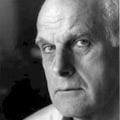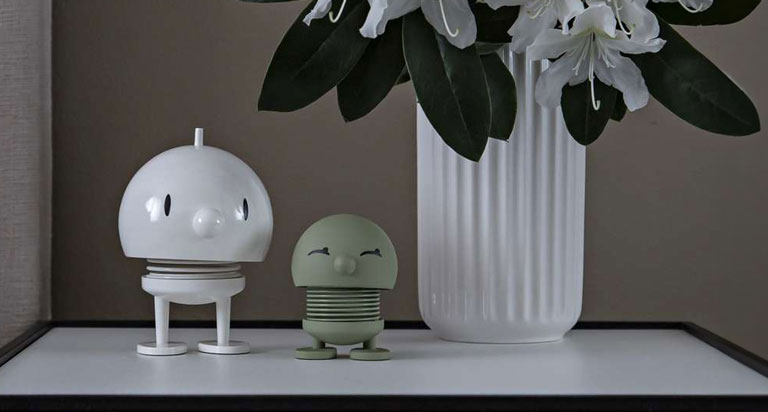
The Italian designer, living in Germany, Richard Sapper is one of the most important international designers and professors of the last 30 years.
Richard Sapper was born in Munich. There he studied from 1952 to 1956 Machine Engineering and Economics. His career as designer started in 1956 in the design department of Mercedes-Benz, where he developed door-handles and outside mirrors for the legendary Mercedes Benz 330 SL Roadster among others until 1958.
Sapper went to Italy in the end, where he worked together with the studios by Giovanni Ponti, Marco Zanuso and Alberto Rosselli as well as designed products for the La Rinascente company, such as the Radio Transmaster. He worked for numerous Italian companies until the end of the 1960s and received his first Compasso d’Oro in 1960 – which he afterwards received five more times.
Sapper founded his own atelier in Stuttgart in 1970. In the same year he furthermore started to work as designer in the test-cars department of Fiat (until 1976), as well as employee in the research labs of the tyres manufacturer Pirelli.
Richard Sapper worked as counselling designer in the IBM company, being part of the development team of IBM computers and notebooks.
After different guest docent posts in Vienna and Brissago, he became professor at the arts academy in Stuttgart in 1986. The Museum of Modern Art in New York dedicated a complete exposition to him in 1933.
Besides the numerous designs for Brionvega, such as the “Doney” television or the folding radio TS 502, Sapper’s most famous works are the functional working lamp Tizio, which he designed for Artemide in 1972, the playful water kettle 9091 “Bollitore” with the melodic whistle for Alessi (1982), as well as different chairs for Kartell, Magis and Knoll.
Sapper received numerous design awards for his works, such as six times the Compasso d’Oro, two times the Gute-Form-Preis (1969 and 1983) as well as the golden medal of the Biennial for Industrial Design in Ljubljana (1973 and 1979). Sapper was honoured with the Lucky Strike Award ’92 by the Raymond Loewy Foundation in 1992. Numerous designs of Sapper are exposed in permanent collections of museums like the New York Museum of Modern Art as well as the Philadelphia Museum of Art.
“Make sense of a form” is Sapper’s methodical approach and he distances from the tradition of German functionalists with it, since their motto is “form follows function”.
 Alessi
Alessi
 Artemide
Artemide
 Magis
Magis
